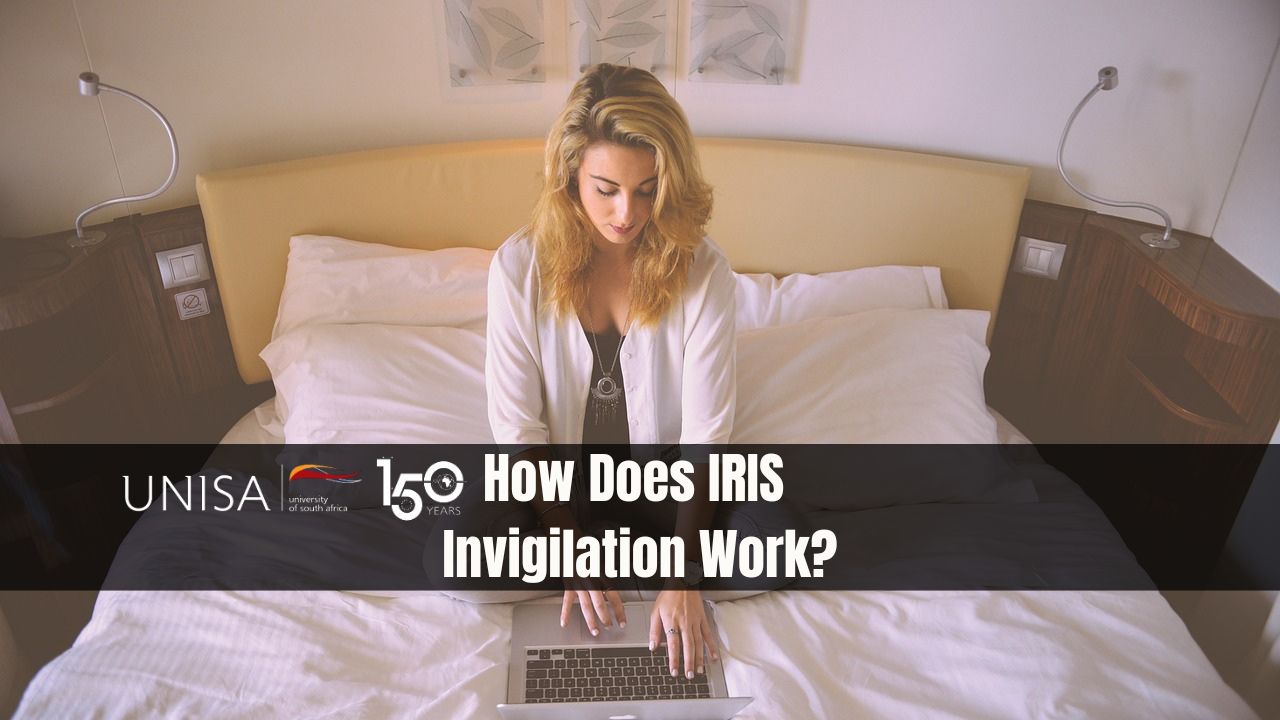How Does IRIS Invigilation Work? In the realm of online examinations and remote proctoring, maintaining academic integrity is crucial. One innovative technology that addresses this challenge is IRIS invigilation. This system leverages a combination of audio, video, and image analysis to ensure that students adhere to examination rules.
How Does IRIS Invigilation Work?
Here’s a detailed look at how IRIS invigilation works.
1. Comprehensive Monitoring: Audio, Video, and Screenshots
IRIS invigilation employs a multi-faceted approach to monitor exam-takers. The system integrates several key components:
- Audio Recording: IRIS utilizes the microphone on the student’s computer to record ambient sounds. This includes capturing any conversations or noises that might indicate unauthorized assistance or disruptions during the exam.
- Video Recording: The webcam is used to record the student’s video. This allows the system to observe the student’s facial expressions and movements, providing insights into their behavior throughout the exam.
- Screenshot Capture: IRIS takes successive screenshots of what the student sees on their computer screen. This feature helps to track the student’s actions on their device, including the websites they visit or any other on-screen activities.
2. Advanced Facial Tracking and Analysis
One of the standout features of IRIS invigilation is its ability to analyze facial markers. This process involves:
- Facial Marker Identification: IRIS uses sophisticated algorithms to identify and track facial markers—distinct features on a person’s face that are unique to each individual. By continuously monitoring these markers, the system ensures that the person taking the exam matches the identity of the registered student.
- Behavior Analysis: The system categorizes and distinguishes between innocent and potentially dishonest behaviors. For instance, natural movements such as looking away momentarily are considered normal, while suspicious actions like frequently glancing off-screen or interacting with unauthorized sources can be flagged for further review.
3. Distinguishing Between Honest and Dishonest Behaviors
The core function of IRIS invigilation is to differentiate between legitimate and dishonest behaviors. Here’s how it achieves this:
- Behavioral Patterns: By analyzing both video and audio data, IRIS can identify unusual patterns that may indicate cheating. For example, if a student is seen frequently glancing off-screen or if there are background conversations that suggest external help, these behaviors are flagged.
- Contextual Analysis: The system considers the context of the detected behaviors. It examines factors such as the timing of these actions and their correlation with potential cheating scenarios. This comprehensive analysis helps to ensure that any flagged behavior is assessed accurately and fairly.
Conclusion
IRIS invigilation represents a significant advancement in online exam security, combining audio, video, and screenshot monitoring with sophisticated facial tracking and behavior analysis. By leveraging these technologies, IRIS helps to maintain the integrity of remote examinations and ensures that students are adhering to academic standards. As online learning continues to grow, tools like IRIS will play an essential role in upholding the principles of fairness and honesty in education.






